Finger-jointed wall studs?????
bevangel_i_h8_h0uzz
16 years ago
Featured Answer
Sort by:Oldest
Comments (47)
owl_at_home
16 years agoRelated Discussions
metal stud wall concerns
Comments (0)Hi All. I've installed 2 1/2" metal studs around the perimeter of my basement and was hoping the unstable feel would go away after my drywall was attached. The drywall is now attached and if I put some wieght into a wall it still has some give to it. Should I be worried about drywall joints cracking with this movement? Thank you!...See MoreWall/Floor joint in basement
Comments (4)I think he may be talking about the rim joist area. Chpwaman, do you mean the space above the wall (all around the perimeter of the basement)? If so, any/all air gaps first get sealed with caulk or foam, then add insulation. Getting a professional to spray foam up there is a good way to go. Sometimes folks put fiberglass insulation there, but I've heard that fiberglass can retain moisture (not a good thing for that area), so foam is better. (I used solid foam pieces for our basement, cut to fit, then sealed edges with spray foam - trouble with that is that you have to hold those spray cans upside-down, and it's very difficult in that area (no room to maneuver the cans)....See MoreHow to "finish" exterior stud walls in unfinished basement?
Comments (8)Get the fibreglass out; it will become wet and mouldy. Or precede it with a layer of extruded polystyrene board. Just how violent are your kids? If you're really concerned, you can use a commercial grade of drywall vertically installed. Or add paneling over drywall. Another possibility is to use foamboards (XPS) alone as insulation and spay it with a cementatious coating needed for fireproofing that can also serve as a finished, if not particularly attractive, wall. Here is a link that might be useful: Building Science Corp.: Basement Insulation Systems...See MoreNeed help finger-jointing a wood floor
Comments (6)It's not too hard to do. We use a circular saw to make two cuts on each board, use a sharp chisel or Fein type saw to allow the removal of the center of each board. The groove side will come right out. The tongue side will be carefully pried out and the nails are removed. You can either go back to each existing end joint or use the Fein saw to make new end joints. I generally go back an average or 2' (0' to 4') to make sure the joints look natural. Then lay the new floor, interlacing the new and existing. It may be possible to use construction adhesive on the backs of the new boards and slide the into the T&G rather than removing parts of the new T&G. You can also use Titebond or Elmer's carpenter glue on the T&G. The exposed part would be blind nailed and the overlapped part could have a finish nail or two as needed. Then it's ready to acclimate, sand and finish....See Moresierraeast
16 years agobuzzsaw
16 years agopinktoes
16 years agoBubbaTxx
10 years agorenovator8
10 years agoJames Tank
8 years agoMatthew
8 years agocpartist
8 years agoroy3209
7 years agoUser
7 years agolast modified: 7 years agoIchabod Crane
7 years agoroy3209
7 years agoCSKI 13
7 years agoUser
7 years agosalreyes63
6 years agolast modified: 6 years agoroy3209
6 years agoMark Bischak, Architect
6 years agoroy3209
6 years agobonnieblue541
6 years agomillworkman
6 years agoVirgil Carter Fine Art
6 years agoroy3209
6 years agoworthy
6 years agolast modified: 6 years agoroy3209
5 years agoroy3209
5 years agogalore2112
5 years agoroy3209
5 years agobry911
5 years agoroy3209
5 years agobry911
5 years agoUser
5 years agolast modified: 5 years agoHU-552414161
3 years agomillworkman
3 years agoroy3209
3 years agobry911
3 years agolast modified: 3 years agoMatt Regan
3 years agopfr pfr
3 years agoroy3209
3 years agoroy3209
3 years agopfr pfr
3 years agoroy3209
3 years agoroy3209
3 years agoSandeep Khokalay
last yearmillworkman
last yearVirgil Carter Fine Art
last year
Related Stories
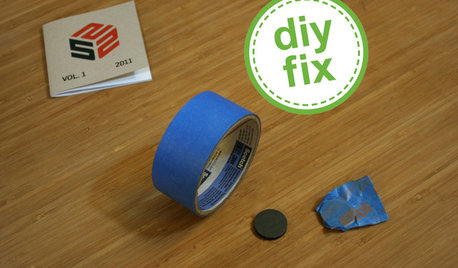
DECORATING GUIDESQuick Fix: Find Wall Studs Without an Expensive Stud Finder
See how to find hidden wall studs with this ridiculously easy trick
Full Story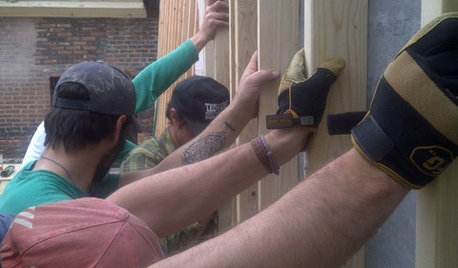
KNOW YOUR HOUSEMeet the Studs
Two-by-fours are just the kind of strong, silent type every home needs. Get to know studs — and how they lie about their size — right here
Full Story
MOST POPULAR6 Kitchen Flooring Materials to Boost Your Cooking Comfort
Give your joints a break while you're standing at the stove, with these resilient and beautiful materials for kitchen floors
Full Story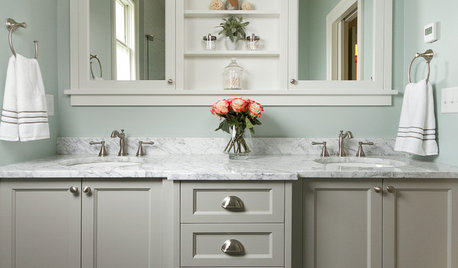
BATHROOM DESIGNShould You Get a Recessed or Wall-Mounted Medicine Cabinet?
Here’s what you need to know to pick the right bathroom medicine cabinet and get it installed
Full Story
FLOORSIs Radiant Heating or Cooling Right for You?
Questions to ask before you go for one of these temperature systems in your floors or walls (yes, walls)
Full Story
DECORATING GUIDESHow to Paint Perfect Wall Stripes
Draw the line on lackluster walls with crisply painted stripes. Here's the secret to getting them right
Full Story
DECORATING GUIDES11 Smart Decorating Ideas for Wall Niches
Don’t let an unusual wall space get you down. Fight back with shelves, plants, firewood, bright colors and more
Full Story
GREAT HOME PROJECTSWhat to Know About Adding a Reclaimed-Wood Wall
Here’s advice on where to put it, how to find and select wood, what it might cost and how to get it done
Full Story
REMODELING GUIDESPocket Doors and Sliding Walls for a More Flexible Space
Large sliding doors allow you to divide open areas or close off rooms when you want to block sound, hide a mess or create privacy
Full Story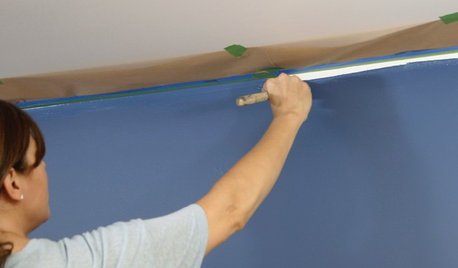
PAINTINGHouzz TV: How to Paint a Wall Faster
Should you roll your paint first or ‘cut in’ the edges with a brush first? This expert’s preference can save a lot of time
Full Story



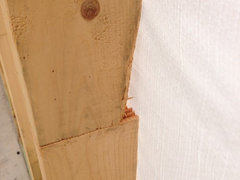
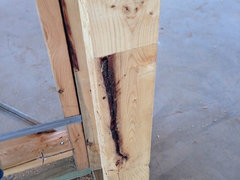
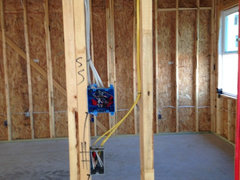


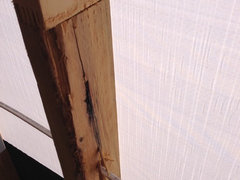
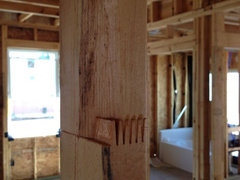
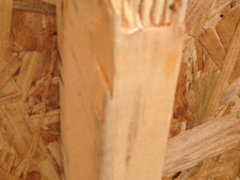
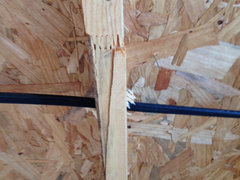
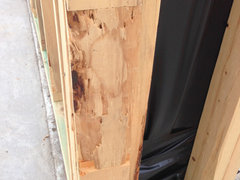

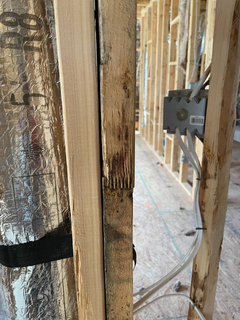
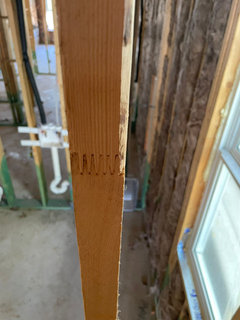
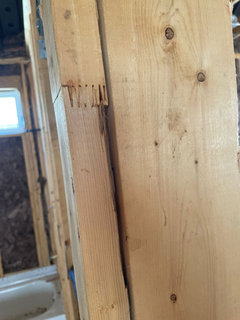
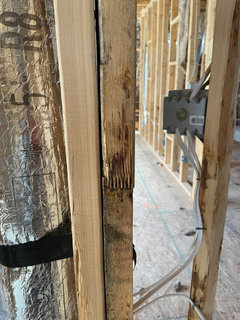



pinktoes